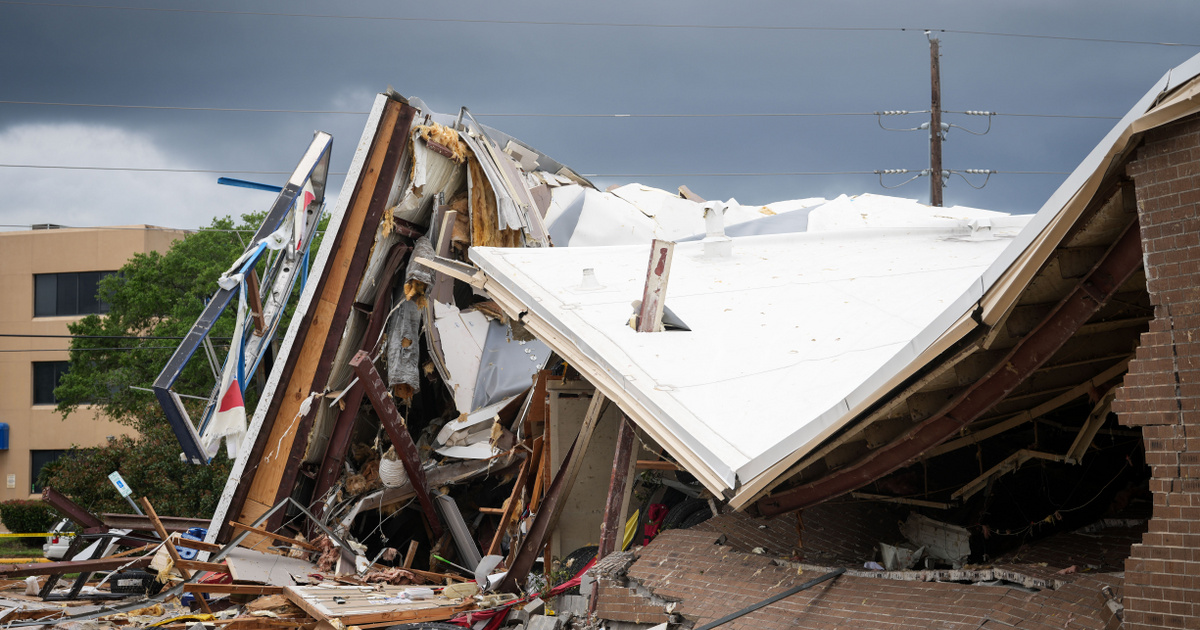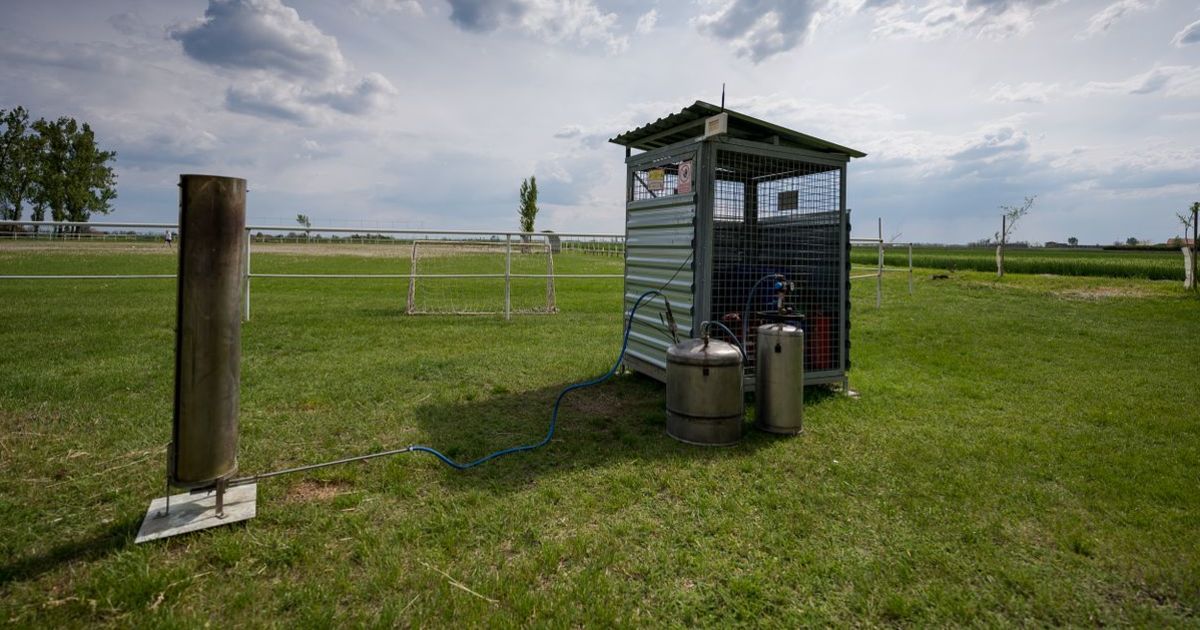On land, in some coastal areas, wetlands or even in deserts – but even in extreme deserts like the dry valleys of Antarctica – we can find those strange honeycomb-like rock patterns, which even… On Mars The Sojourner rover also found an example of this. We know from terrestrial examples that these patterns can be generated in any type of rock, from sandstone to basalt, and there are countless examples of them. Exactly how this pattern was created has been a concern of researchers for some time, in addition to the fact that many detailed questions have also arisen regarding its formation. Although there have already been successful laboratory experiments on the formation of countless erosion shapes (such as stone arches, stone columns, and natural bridges), the honeycomb-like pattern is likely the result of a much slower process, so it is particularly difficult to model. Practice.
Honeycomb rock pattern on Mars
Source: Geophysical Research Letters
One, geology In the research published in the journal, for this reason computer modeling was used to explain the process. The results also indicate the type of conditions necessary for this pattern to develop – which the research conducted Skoltec to explain.
Mik is ezek a méhsejtszerű kőzetek? Így nevezik azt, amikor egymással szomszédos kis üregecskék sokasága található a kőzet felszínén, s ezeket vékonyka, kiemelkedő falak választják el egymástól.
In previous ideas, water, salt, ice crystals, wind, and temperature fluctuations were all involved in creating the stone honeycombs. Now, two Russian researchers have simulated the erosive effect of evaporating salt water, the leading theory behind the creation of this rock pattern. According to the calculations, it is important how wet the rocks are inside, and this is related to how close some of their layers are to the surface of the water.
According to computer simulations, this is how the pattern develops
Source: Earth Sciences
According to the modeling, a moderately humid environment is necessary for beehive formation. In excessively humid conditions, the surface of the rocks has been smoothed due to the large amount of deposited crystals, and in drier conditions, evaporation has not even reached the surface, but existing depressions may go deeper. At moderate humidity these two processes occur together, and consequently the dimples deepen, and crystals are continuously deposited on small protrusions. Together, these two processes result in the formation of a honeycomb-like structure. At the same time, the process took advantage of the original unevenness of the rock’s surface, enlarging its edges through the crystals built upon them.























![It actually has great animation [VIDEO]](https://thegeek.hu/wp-content/uploads/sites/2/2024/05/thegeek-Kingdom-Come-Deliverance-2-1.jpg)



















